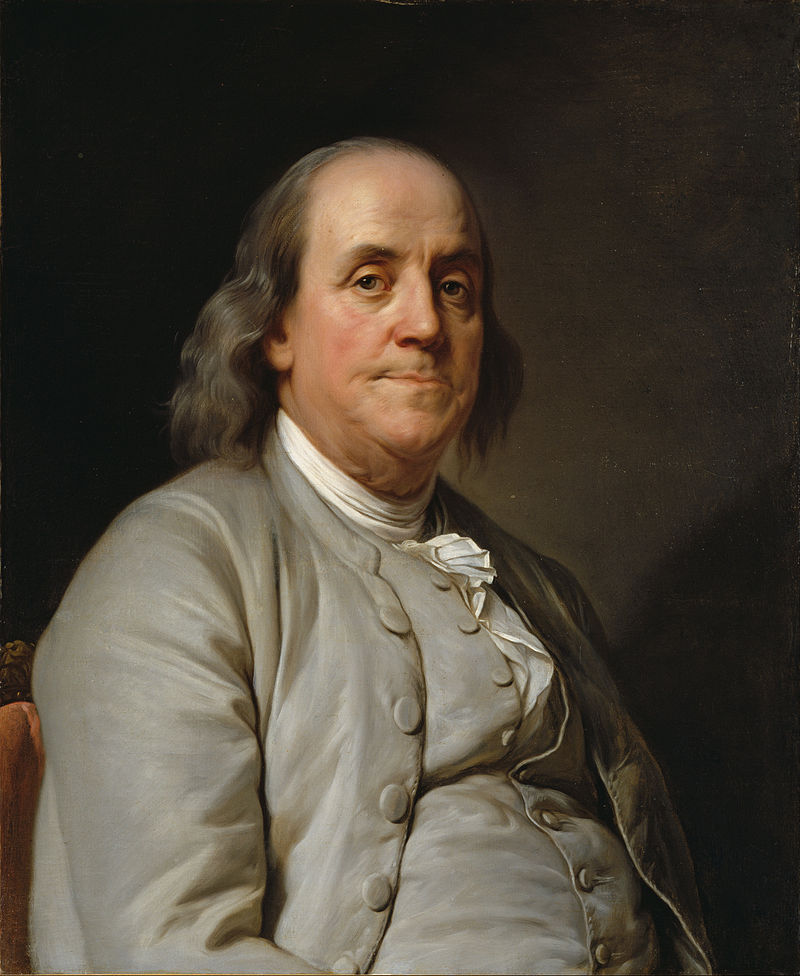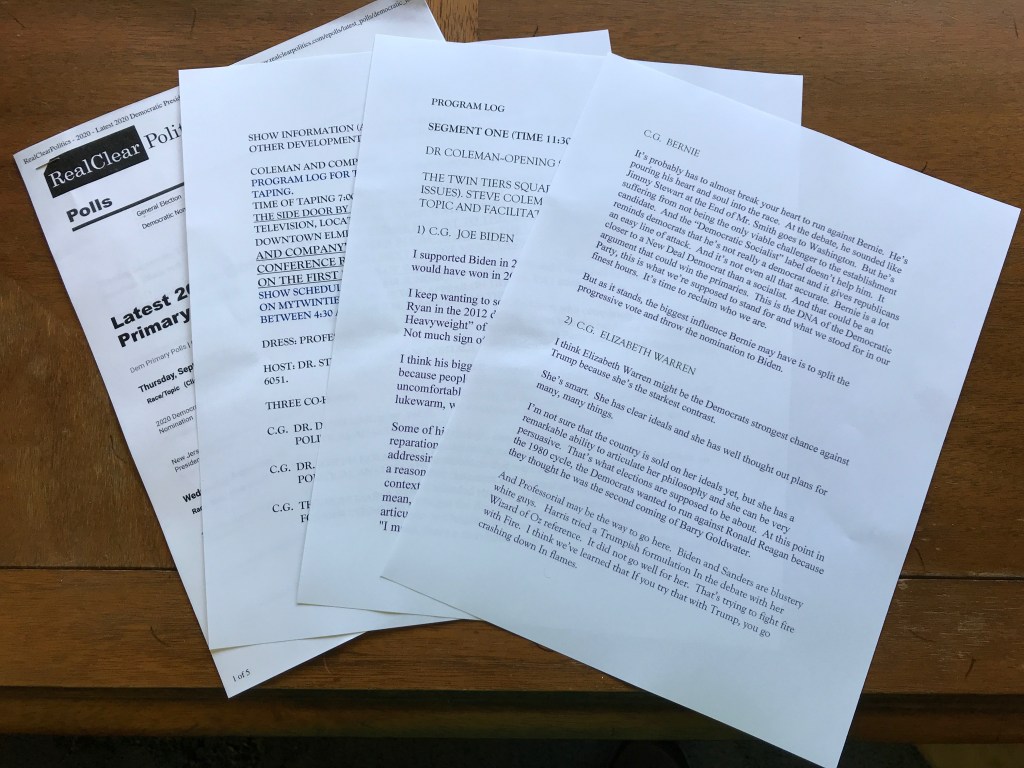
There are many variations of the United States Flag that were used in the early days of the republic. One of the more interesting is the Serapis Flag which we are now flying. Its existence is intimately tied to the Battle of Flamborough Head fought 240 years ago 0n 23 September 1779.

The story of the Serapis flag begins with the story of John Paul, a ship captain. Paul fled his native Scotland after killing a crewman who mutinied over wages, presumably refusing to trust his fate to an Admiralty Court. Paul emigrated to the colonies, renamed himself “John Paul Jones” and befriended Benjamin Franklin. He joined the Continental Navy, rose through the ranks and became the United States’ first famous naval commander. He is sometimes called the Father of the U. S. Navy. By 1779, Jones was in command of the Bonhomme Richard, named in honor Franklin’s pseudonym from Poor Richard’s Almanac.

Bonhomme Richard was a former merchant ship that had been armed and upgraded to a ship of war. It led, under Jones’ command, a small squadron of ships. Near Flamborough Head, Yorkshire, this squadron encountered a British convoy under the protection of the HMS Serapis. Conflict ensued and Bonhomme Richard took severe damage from the better armed Serapis. When the British captain asked if the Richard had struck her colors (meaning that they had lowered their flag as a sign of surrender) Jones is said to have replied with the famous “I have not yet begun to fight!” The flag, in fact, had been destroyed in the battle.
Eventually, the tide of the battle turned and Jones managed to lash Bonhomme Richard to the Serapis. The American crew was able to board and capture the British ship while their own ship, badly damaged and on fire, sank into the North Sea.
But what does this have to do with the Serapis Flag? Only this. Jones, now in command of the Serapis, put into a neutral Dutch port for repairs. British officials accused Jones of being a pirate and demanded his arrest. He was, after all, sailing a captured ship which was not flying the colors of any known nation. Bonhomme Richard’s flag, remember, had been blown into the sea. A flag was hastily created for Jones’ ship and entered into the Dutch records, allowing the Dutch to officially recognize the captured ship.
The Serapis Flag was created according to a description of United States flag that was provided by Benjamin Franklin, who was then Ambassador to France.

“It is with pleasure that we acquaint your excellency that the flag of the United States of America consists of thirteen stripes, alternately red, white, and blue; a small square in the upper angle, next the flagstaff, is a blue field, with thirteen white stars, denoting a new constellation.”
The Revolutionary Diplomatic Correspondence of the United States
And thus, this slightly garbled recounting of the Flag Resolution of 1777 is responsible for the distinctive look of the Serapis Flag. Because of this, the flag is also known as the Franklin Flag. It remains popular today and is frequently used in historical displays because of its uniqueness and its recognizably American character.
References:
- Battle of Flamborough Head accessed 23 September 2019
- John Paul Jones accessed 25 September 2019
- John Paul Jones Cover Story accessed 24 September 2019
- The Remarkable Story of an Early American Symbol: The Serapis Flag accessed 23 September 2019
- Serapis Flag accessed 25 September 2019
Picture Credits:
- Featured Image: (c) 2019 ComicsTheUniverseAndEverything.net
- Serapis Flag: Adapted From https://commons.wikimedia.org/w/index.php?curid=8321132 By DevinCook (talk) – Own work, Public Domain
- John Paul Jones: By Charles Willson Peale – NPS.gov, Public Domain, https://commons.wikimedia.org/w/index.php?curid=9753295
- The Serapis and the Bonhomme Richard: By Richard Paton – Richard Paton, Public Domain, https://commons.wikimedia.org/w/index.php?curid=1130240
- Benjamin Franklin: By Joseph Duplessis – ZgEyj5EEKdux-g at Google Cultural Institute maximum zoom level, Public Domain, https://commons.wikimedia.org/w/index.php?curid=21880454
















